On display in the May Gallery now is our fall 2023 exhibit, From Model to Reality: The Limitless Potential of 3D Printing. A typical office or home printer puts down a single layer of ink on paper. 3D printing adds one layer of material (plastic, metal, cells, concrete, powder, food, etc.) atop the next until the desired three-dimensional object is built. The concept of 3D printing dates back to the 1940s, but with advancements in technology, it has become ubiquitous today, impacting almost every scientific field and major industry. This small exhibit highlights the brief history and fast-paced development of 3D printing. You will get a glimpse of its many applications today and its intriguing potential; learn about 3D printing at CU; and discover resources to help you explore the subject more deeply.
Author: Micaela Champion
Celebrate Open Access Week!
Happy Open Access Week! International Open Access Week (October 23-29, 2023) was created by the Scholarly Publishing and Academic Resources Coalition (SPARC) to highlight the benefits of Open Access (OA), share information on OA, and inspire wider participation in OA by the academic and research community. This year’s theme for Open Access Week is Community Over Commercialization. This theme focuses on “which approaches to open scholarship prioritize the best interests of the public and the academic community.”
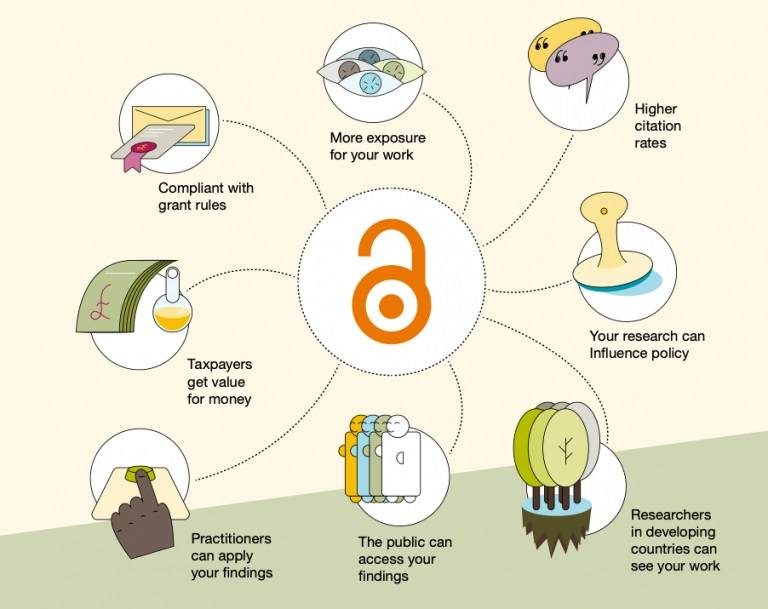
What is Open Access?
Most simply, OA is “the free, immediate, online availability of research articles coupled with the rights to use these articles fully in the digital environment” (SPARC). This type of access to research provides the public with many benefits. Research allows for the progression of society as it works to provide solutions for issues we face. This means that communicating the results of such research is incredibly important as it allows for others to contribute to and advance research in order to better society. For many years, published research has been held behind technical, legal, and financial barriers that are mostly set by publishers. These barriers only allow for a limited group of people to access this information which then limits who can work to build upon it. Research that is published OA opens doors for a broader audience of readers and gives more people the opportunity to utilize and contribute to the scholarly field. As SPARC explains, “The more people that can access and build upon the latest research, the more valuable that research becomes and the more likely we are to benefit as a society.” OA therefore is an invaluable asset to the world of research and potentially society as a whole.
OA vs OER
OA can easily be confused with Open Educational Resources (OER) as they are rather similar but it is important to distinguish between the two. OER are free or openly accessible materials that are useful for teaching or learning. OA and OER both have the key component that they are freely accessible but the formats they come in and permissions that come with them differ. OER can come in digital, print, and analog formats and includes materials such as videos, software, textbooks and teaching guides. OA resources on the other hand are only available digitally unless they have been printed out and include materials like scholarly books and journal articles. Both OA resources and OER have the permissions to be read, reused, retained, and redistributed but with OER one can also revise and remix the resource to best fit their needs. To learn more about OER, visit the library’s Open Educational Resources Guide.
Community Over Commercialization
This year’s theme of Community Over Commercialization works to open up conversations on what methods of Open Access currently best support the public interest and which do not. The call to support community over commercialization was brought to light by the United Nations Educational, Scientific and Cultural Organization (UNESCO) in their Recommendation on Open Science. UNESCO explains that Open Science, which includes Open Access, is a “set of principles and practices that aim to make scientific research from all fields accessible to everyone for the benefits of scientists and society as a whole” and their recommendation provides a framework for open science policy and practice. The UNESCO Recommendation on Open Science focuses on community by calling for the prevention of “inequitable extraction of profit from publicly funded scientific activities.” It also encourages the use of non-commercial and collaborative publishing models which work to take the focus of research off of commercialization. In highlighting these ideas, the focus of OA is brought back to its true aim of creating public good.
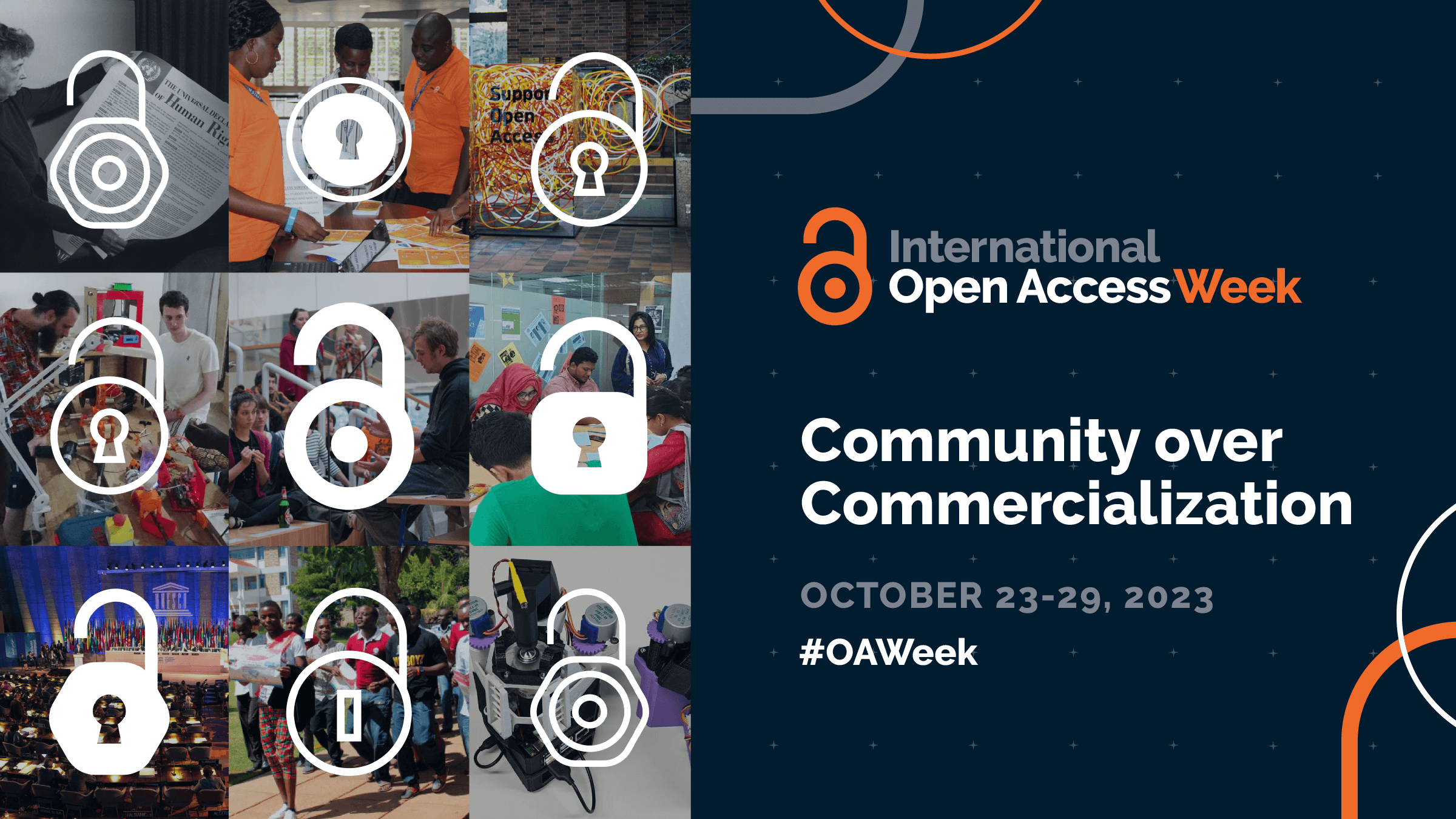
Learn More About OA
OA is continuing to gain support and its use is becoming more prevalent. As people move toward OA for sharing research, it is important to be aware of the many methods of OA publishing and what methods of OA are best for supporting public interest. Explore the resources below to learn more!
SPARC : This resource gives an overview of the specifics of OA and provides stories of how OA has impacted different areas of society.
Open Access at Catholic University : Learn more about OA and Scholarly Communications at CU.
Cornell University Open Access Publishing : Learn more about the different types of OA publishing and the many effects they can have.
Mullen It Over – October Issue
Mullen It Over – September Issue
Summer Mullen Library Exhibit: Spotlight on Success
On display in the May Gallery now is our Summer 2023 exhibit, Spotlight on Success: Luminary Alumni. Since its founding in 1887 as a graduate institution, The Catholic University of America has added many new programs and concentrations. Our student body has grown to include more undergraduates and the student body has become much more diverse. What has remained consistent over time, is that our students have gone on to have remarkable careers that have had national and international impact in their respective fields in the arts, sciences, humanities, and social sciences. This exhibit highlights just a few of our exceptional alumni, such as: award winning actors Walter Bobbie and Jon Voight, artist Martin Puryear, Busboys & Poets’ Andy Shallal, and coloratura soprano Haryolyn Blackwell. May we learn from their examples and be inspired for our own work in the world.
Celebrate Love Data Week!
What is Love Data Week?
Love Data Week is an international celebration of data. This week was created to promote data discovery, use, protection, sharing, and preservation, specifically in everyday life to inspire communities to use data and was established to bring change that can make a difference. These changes come in a variety of forms including policy,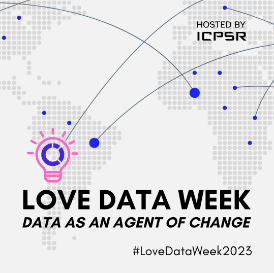 environmental, or even social change. Love Data Week occurs every year around Valentine’s Day. This year it runs from February 13th through the 17th and the theme is Data: Agent of Change. The focus is on helping both new and experienced users find data training and resources that could assist them in bringing attention to issues that they care about. You can stay connected and up to date with Love Data Week by using and looking for #LoveData23 across all social media platforms. ICPSR or the Inter-university Consortium for Political and Social Research is the host organization for International Love Data Week. A full list of the events being offered can be seen on ICPSR’s Love Data Week “List of Events” page.
environmental, or even social change. Love Data Week occurs every year around Valentine’s Day. This year it runs from February 13th through the 17th and the theme is Data: Agent of Change. The focus is on helping both new and experienced users find data training and resources that could assist them in bringing attention to issues that they care about. You can stay connected and up to date with Love Data Week by using and looking for #LoveData23 across all social media platforms. ICPSR or the Inter-university Consortium for Political and Social Research is the host organization for International Love Data Week. A full list of the events being offered can be seen on ICPSR’s Love Data Week “List of Events” page.
What is ICPSR?
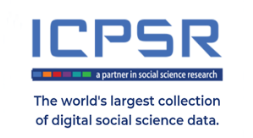 ICPSR includes more than 750 academic institutions and research organizations around the globe. ICPSR primarily provides training in “data access, curation, and methods of analysis for the social science research community.” Along with this, they help to maintain a data archive of more than 250,000 files of research in the social and behavioral sciences with 21 specialized collections of data in an array of subjects. This data can be used by the public who can contribute their own data as well. ICPSR also provides educational resources to help teach about data and provides courses through their Summer Program in Quantitative Methods of Social Research in statistics, data analysis, and quantitative research methods.
ICPSR includes more than 750 academic institutions and research organizations around the globe. ICPSR primarily provides training in “data access, curation, and methods of analysis for the social science research community.” Along with this, they help to maintain a data archive of more than 250,000 files of research in the social and behavioral sciences with 21 specialized collections of data in an array of subjects. This data can be used by the public who can contribute their own data as well. ICPSR also provides educational resources to help teach about data and provides courses through their Summer Program in Quantitative Methods of Social Research in statistics, data analysis, and quantitative research methods.
Find Data
If you are interested in finding data to use from ICPSR you are in luck! ICPSR has an entire webpage dedicated to finding data and offers helpful tips and suggestions to make this process easy. Users can search the datasets using keywords and can sort through results using several different filters including subject terms, data format, and time period. Along with searching, users can browse data by subject term, when data was released, by most popular search terms, and by the most downloaded datasets. A majority of these datasets can be downloaded for use or analyzed online and all information for proper citation of this data is provided.
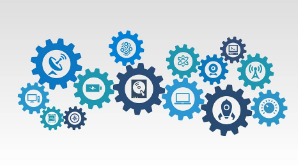
Data Management and Curation
Aside from providing datasets, ICPSR also works to curate data. Data curation is a process that can add value and meaning to data as well as help to preserve it. ICPSR does this through organizing, describing, and enhancing data to be used by the public and to give the public information for interpreting data. To learn more you can visit ICPSR’s “Data Management & Curation” web page.
Catholic University Libraries
If you are interested in learning more, see our Digital Scholarship guide.
Useful Links
Collaborative Collections and Shared Print: Libraries Working Together for a Better Future
In 2022, most libraries face the same two significant realities: decreasing budgets and finite space. Librarians are tasked with providing diverse populations of library users with the information resources they need and want (for ex., books, journals, scores, manuscripts, etc.) within a physical space that gets more crowded with each successive year.
It is not surprising, then, that discussions around collaborative collections and shared print have been on the rise for the past several years.

What are Collaborative Collections and Shared Print?
In the simplest sense, a collaborative collection is “the combined holdings of a group of libraries.”1 These collections do not just provide a list of all of the holdings of the participating libraries, but rather truly work to combine the collections. As this is done, any duplicate resources are reduced from the collection and as libraries consider future resource purchases the collaborative collection must first be consulted to make sure there are no duplicates. Having a collaborative collection can increase the scale of one’s collection while leaving items such as the status of ownership, collection access, and what resources are shown in the collection to those managing it.2
While some of these collaborative collections focus on online resources, there has been a rise in the amount of shared print programs as well. Through these programs, libraries work together to create a collection of their print resources in a physical or digitized format thus allowing patrons to access monographs, serials, and periodicals from multiple libraries. Shared print programs have a focus on “access and preservation, and an emphasis on partnerships and shared collection management.”3 The move toward shared print programs has helped to drive the growth of collaborative collections as the benefits of sharing collections have become more evident.
Catholic University has seen these benefits first hand through our involvement in the Washington Research Library Consortium (WRLC). We work together with several other partner universities in the area to maintain a collaborative collection of over 22 million items that can be found at libraries throughout the area as well as at a shared storage facility in Maryland. With this, Catholic University patrons can borrow print resources from any of our partner universities to have them delivered directly to campus through the Consortium Loan Service (CLS). The Coordinated Collections Committee (CCC) of the WRLC, composed of librarians from nine academic institutions, collaboratively acquire and share some print and e-resources, at a substantial financial savings for each individual library. Consequently, each individual library has more discretion to purchase and share unique and specialized publications.
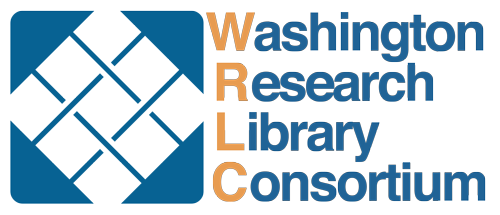
The Benefits
The biggest benefit of collaborative collections for libraries and patrons alike is the increased access to resources. As these collections are created and duplicate works are weeded out, individual library collections become rather distinct from one another. The collaborative collection is then built to contain a well rounded collection with diverse and unique works within it.4 This optimizes the access to resources that patrons receive while allowing the library to then spend money on contributing more unique resources to the collaborative collection rather than spending money on resources that one of their partner libraries may already have.
The freedom that individual libraries retain within these collaborative collections is another benefit. Libraries working within one of these collections will follow standards for collection development and organization to best work with its partner libraries, but the libraries are still able to make decisions on how their individual resources are organized and retained within their physical space and are thus able to curate them to their specific community. Being able to keep individual communities in mind while still working within a collaborative collection and managing the collection as a group, really highlights the “shared goal of preservation and access” that these collections were created with.5
Growth of Collaborative Collections
As collaborative collections and shared print initiatives continue to develop, librarians are excited by the possibilities for sharing resources more broadly, diversifying collections, and reaching users around the world. The Internet Archive, the Rosemont Shared Print Alliance, and HathiTrust have introduced innovative initiatives that are leading the way in exploring the potential for shared collections.
Catholic University is in the process of becoming a member of HathiTrust. HathiTrust is a collaboration of academic and research institutions that offers over a million digitized titles. It is fully funded by its member institutions so it is able to stay focused on the goals of preservation and access. It includes the digitally preserved collections of over 200 libraries and has made 40 percent of the collection available to the public which is the “broadest access legally possible” due to copyright constraints.6 HathiTrust can be fully integrated into a member library’s systems allowing patrons and library staff to take advantage of its offerings. It also offers tools for text analysis such as worksets and a separate analytics site to accomplish objectives such as text mining. Users are then able to benefit from this highly diverse collection and access titles online easily while libraries are able to preserve their print collections to allow users to engage with them for the foreseeable future.

In the Future
Going forward, collaborative collections and shared print are likely to become increasingly more popular and seen within many library’s systems. Libraries are continuing to develop innovative processes to compliment these collections and allow patrons greater access. Controlled digital lending (CDL), circulating a temporary digital copy of a print book while removing the physical copy from circulation, is one such process that has become an emerging trend.7 With the rise of such collections and lending processes, patrons will be able to access more works than ever before while libraries will be able to preserve and more widely share their collections. Libraries will be tasked with developing best practices for such collections and emerging processes but the work put in now will benefit libraries and patrons for years to come.
References
- Lavoie, B., Dempsey, L., & Malpas, C. (2020). Reflections on collective collections. College & Research Libraries, 81(6). https://doi.org/10.5860/crl.81.6.981
- Ibid.
- Fulkerson, N., & Weltin, H. (2021). Old texts, new networks: HathiTrust and the future of shared print. In L. McAllister and S. Laster (Eds.), Transforming print: Collection development and management for our connected future (pp. 69). Chicago, IL: American Library Association.
- See note 1 above.
- Fulkerson & Weltin, 2021, p. 67.
- Ibid., p. 71.
- Association of Research Libraries. (2020, July 1). Association of research libraries signs statement in support of controlled digital lending. https://www.arl.org/news/association-of-research-libraries-signs-statement-in-support-of-controlled-digital-lending/
Open Access Week: Open Everything
In the past few years the term “Open Access” (OA) has gained attention in the worlds of higher education, research, and publishing. With this rise in attention has come a rise in misconceptions surrounding OA. OA is incredibly multifaceted and to truly get a grasp on it, it is best to understand the basics before gaining a deeper understanding.
Back to the Basics
Open Access pertains to e-publications that are online for free public access and that are free of most copyright and licensing restrictions. With this, OA has the goals of (1) providing the public with research free of charge and (2) allowing research to “be analyzed and built upon for downstream innovation and the pursuit of knowledge” through open licensing (Electronic Frontier Foundation). 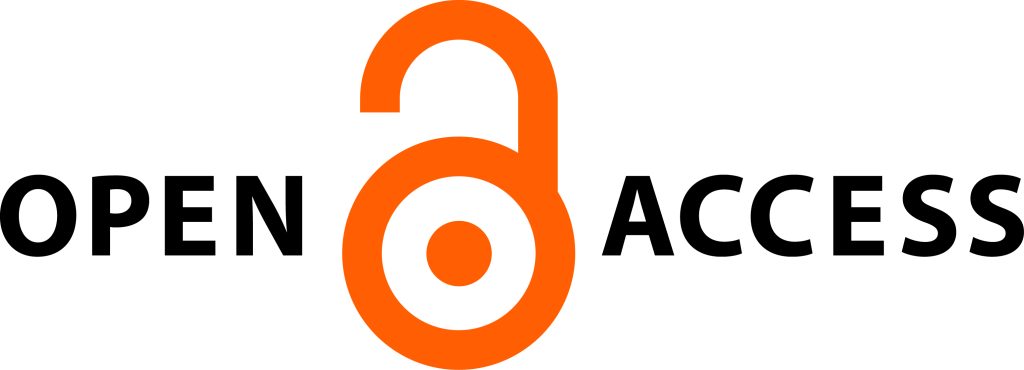
OA is often confused with open educational resources (OER). OA and OER are very similar and sometimes overlap, but it is important to distinguish between the two. OER refers to freely accessible materials that are useful for teaching and learning. While OA and OER have the key component of free public access, the biggest difference between the two is the formats they come in and the permissions that come along with them. OA materials are always accessed online unless they have been printed while OER could come in digital, print, or other analog formats. OA materials include scholarly books (including textbooks) and journal articles while OER includes formats such as videos, software, textbooks, and teaching guides. Along with this, OA gives readers the freedom to read, reuse, retain, and redistribute materials.
Understanding the OA Movement
The Open Access movement has been around since the early 1990s, so why has there been a recent surge in the attention this movement is garnering? Like many other issues that have surfaced in the past few years, we have the COVID-19 pandemic to thank. At the start of the pandemic, as it became apparent that this was something that the world had never really seen before, the need for information about the disease became immediate. Authors and publishers began putting scholarly works online to help educate the public and contribute to ongoing research being done (Tavernier, 2020). As the pandemic forced schools to migrate online, there also became a greater need to support virtual learning. This forced publishers to make textbooks, eBooks, and other scholarly works available through OA either permanently or temporarily in order to support these needs. This work in openly sharing research and information and essentially collaborating for the greater good, highlighted the benefits of OA and opened up a world of possibilities for the future of research and education outside the realm of the pandemic.
Who Benefits?
While Open Access may seem like it only benefits researchers, there are several main stakeholders involved, including students, instructors, researchers, and libraries.
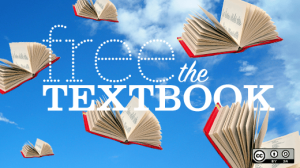
- Students. Students are one of the biggest benefactors of OA. Open Access makes it possible that no matter what an institution can afford in terms of subscriptions, students can have full access to scholarly works for their educational needs. Whether a student is just starting their academic career and writing a research paper or finishing their PhD dissertation, they are able to access the information they need. OA textbooks are also beneficial for students. When OA textbooks are used for classes instead of purchased or rented textbooks, students have the potential to save a lot of money.
[NOTE: The University Libraries wants to know about the textbook experiences of our students. Students are welcome to share their textbook experiences through this feedback form.]
- Instructors. Instructors can use OA textbooks for classes and the advantages of doing that may include locating an open access textbook that is more current than a traditionally published textbook on the same topic; eliminating the task of placing orders with the campus bookstore; and demonstrating sensitivity to their students’ wallets.
- Researchers. Researchers also benefit greatly as OA allows for the advancement of research and higher visibility of publications. Researchers are able to become more productive through OA as they are able to easily access both new and old research which they can cite and build on with their own work. Researchers also become more visible as there is the potential for more people to view works that are freely available. This helps to account for quality assurance as the more people that view and cite a work the more people there are analyzing it. It also can help keep publications from being plagiarized for if a publication is free it makes it easier to find and the more people that are familiar with a publication the harder it becomes to plagiarize (Scholarly Publishing and Academic Resources Coalition).
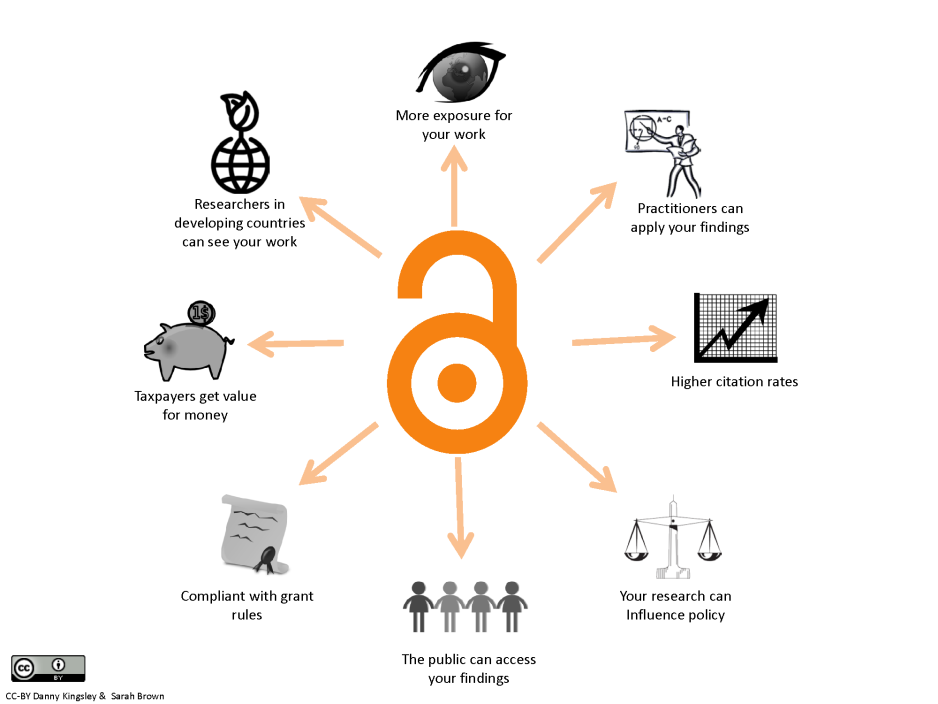
Benefits of Open Access Publishing (CC-BY, Danny Kingsley & Sarah Brown) - Libraries. Academic libraries fund access to journals through “Big Deals.” These Big Deals are contracts that offer institutions journal subscription bundles at prices that over time have become unsustainable for most libraries. The desire for more control in their investments and the need for greater budgetary cuts has called some academic libraries to cancel these deals (Cooper & Rieger, 2021). For example, in 2019 University of California (UC) ended its contract with Elsevier, one of the world’s largest and most profitable academic research publishers, after not being able to come to an agreement with them. In 2021, negotiations reopened and UC signed a four year Open Access agreement with Elsevier which is the first of its kind. This landmark agreement cost UC $13 million, which is 7% less than their previous subscription agreement and will give people all over the world access to their research (Kell, 2021). Furthermore, academic libraries can find material outside subscription services through various OA platforms such as the Directory of Open Access Journals (DOAJ), the Open Textbook Library, the Internet Archive, and HathiTrust. Having fewer print subscriptions means that library space can be freed for other purposes such as study space and/or digital scholarship labs.
Hurdles for OA
While Open Access offers many benefits, it comes with some challenges as well.
- Funding. To have Open Access resources, libraries must have funding to publish such works. Often, libraries pay for or help to pay an article processing charge (APC) that allows authors to publish their works OA. These charges can build up quickly and can be rather expensive. As seen in the case of UC and Elsevier, making OA publishing agreements and maintaining repositories or accessing journals for these works is rather expensive. UC is an extremely large public institution that is funded mostly by the public and that has a steady stream of research being done by members of its community. With this, the OA model of research access is sustainable for the institution. For smaller institutions without such funding it is much harder to afford and maintain OA publishing.
- Lack of OA policy. Generally, there is a lack of OA policy in academic libraries. Libraries typically have formal written policies pertaining to library collection development and maintenance. OA is often still seen as being relatively new, extremely multifaceted, and rather unstable. With this, it could be that lack of policy stems from best practices for OA not yet being established or the fear of the ever changing state of OA in the scholarly field (Dubnjakovic et al., 2021). Either way, this lack of a universal understanding surrounding OA in a library could have consequences for how it is used in library services and resources and therefore, in establishing OA as a standard source of information.
- Perception of OA as ‘less’ scholarly. Many faculty members in higher education are reluctant to embrace Open Access because they have the misperception that not all OA works are peer reviewed and the unsupported belief that free content is of poorer quality than content that has a price. Faculty may be surprised to learn that OA publishing often follows the same procedures as traditional publishing. Their misperceptions are reinforced by their university, if the university does not recognize OA publications in their tenure and promotion process.
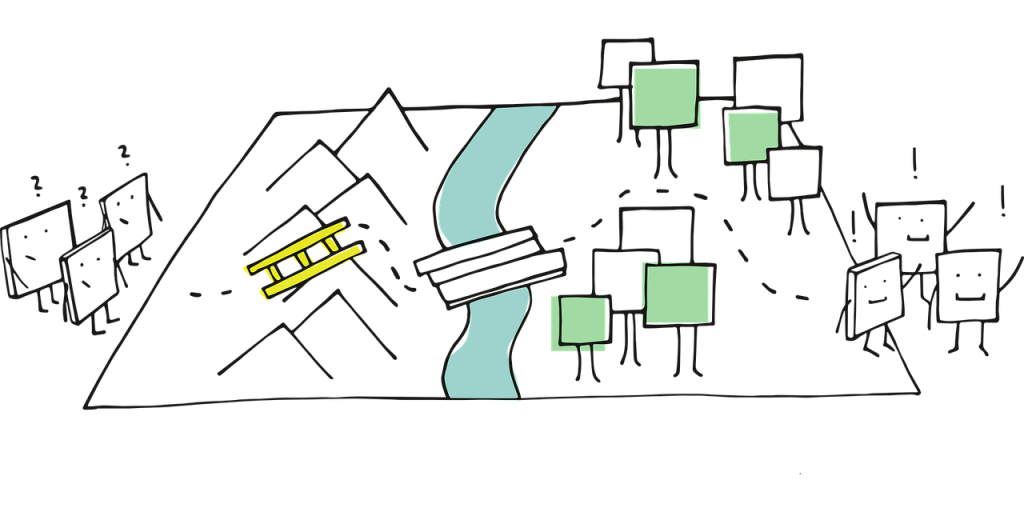
The Future of OA
Even though the Open Access movement has progressed and significantly picked up steam over the years, there is more to be done as many issues within OA, such as open data or author rights, are evolving. Nevertheless, the road ahead for integrating OA publications into library collections and into classroom use is exciting and full of possibilities.
References
Cooper, D. M., & Rieger, O. Y. (2021, June 22). What’s the Big Deal?: How researchers are navigating changes to journal access. Ithaka S+R. https://doi.org/10.18665/sr.315570
Electronic Frontier Foundation. (n.d.). Open access. Retrieved October 18, 2022, from https://www.eff.org/issues/open-access
Kell, G. (2021, March 18). UC’s deal with Elsevier: What it took, what it means, why it matters. University of California. https://www.universityofcalifornia.edu/news/ucs-deal-elsevier-what-it-took-what-it-means-why-it-matters
Scholarly Publishing and Academic Resources Coalition. (n.d.). Big Deal tracker. Retrieved October 18, 2022, from https://sparcopen.org/our-work/big-deal-knowledge-base/
Tavernier, W. (2020). COVID-19 demonstrates the value of open access: What happens next?. College & Research Libraries News, 81(5), 226. https://doi.org/10.5860/crln.81.5.226
